World Fine Art Professionals and their Key-Pieces, 193 - Airco Caravan
World Fine Art Professionals and their Key-Pieces, 193 – Airco Caravan
At the end of a long dam that protrudes into the Amsterdam IJ, to the west of the Central Station, is an iconic nine-storey apartment block standing on stilts in the water, designed by MVRDV architects. On the seventh floor lives and works the artist Airco Caravan.
With the elevator I go upstairs, walk into the hallway, press the bell and there I see Airco with her red painted hair. There is a lot of art in the room, also from colleagues. We go upstairs to her workspace. When I look through the window I have a breathtaking view. It also makes a difference that it is a beautiful November day with a radiant sun. Perhaps the warmest November day ever in the Netherlands.
Two ships are passing on the wide IJ. On the left the ferry of the NDSM terrain appears. On the other side is Amsterdam-North with a port area in transition. The workspaces and docks have given way to artist residencies and hotels. On the right I see EYE, the film museum. There is still a lot to be built, says Airco. When she is sitting at the computer, the IJ is her view. That will be a great inspiration.
To the left of the computer is a large fan, which she surely must have used this summer. I turn around and see behind me a statue of Martin Luther King on a pedestal and on the floor canvases that Airco recently showed during the London Frieze Art Fair that took place from 4 to 7 October. I see Modigliani, Matisse, Picasso, Da Vinci and De Kooning. Airco: “The name of my booth was ‘A $ 1.6 Billion Booth’. I was invited by the New York gallery Elijah Wheat Showroom, which curated part of The Anti Art Fair.” The reason was the prices for works of art that break records. Modigliani’s ‘Nu Couché’ raised 172.6 million dollars, Picasso’s ‘La Gommeuse’ 67.5 million, Henri Matisse’s ‘Odalisque couchée aux magnolias’ (1923) 80.75 million.
Work by female artists also sells well, but it does deliver a lot less. “The highest price for a work by a female artist is only ten percent of the most expensive piece of art ever: ‘Salvator Mundi’ by Da Vinci, bought by a wealthy Arab. Georgia O ‘Keeffe’s work with a white flower yielded $ 44.4 million.” It is striking that many of those well-scoring paintings have a naked woman. Airco Caravan also painted the famous ladies on her canvases, but with her they look downright sulky.
Dalai Lama, Made in China
Airco Caravan is an activist artist. “Art can give comfort, give hope, inspire, but also put something in motion. For me it must be more than a nice landscape. Art can make a difference. I do not raise a finger, but I want to get people thinking. Society is weird. Activist art is not so accepted in the Netherlands, but I do what I feel needs to be done. As soon as things become commercial to me, I go the other way. ”
In the workspace I see behind Airco’s versions of most expensive works, 16 paintings that together make the portrait of the Dalai Lama. Recently the Dalai Lama was in the Netherlands and Airco Caravan was at the meetings in the Ahoy. She had brought half of the work. A smaller version of the work ‘Made in China’ was given to him earlier in Dharamsala, his home in North India. The portrait, which is forbidden in China, is an assembly of 16 parts, made by Chinese artists who each painted a piece of the portrait, without knowing that it was a portrait of the Dalai Lama. Airco is looking for a nice place where the work of 3 x 4 meters can hang permanently. See https://bit.ly/2zQWC2l
Murder weapons
In high school, Airco read the story of Roald Dahl ‘Lamb to the Slaughter’. With a frozen leg of lamb, a woman punches her husband’s brain, which she then prepares in the oven, and asks the police to stay eating. Some decades later she makes a work with the same title in her series about unusual murder weapons. From rolling pins and pumps to toasters and corkscrews. There are 50 works in the series. How did it start?
“I have been working not only in Amsterdam, but also in New York, in the spring. I paint five mornings a week at an art academy, the Art Students League. In the afternoon I go into the city. I read an article by the New York police, the NYPD about the many murders in the city. That interested me. I went to photograph the murder places mentioned there and that led to the project entitled ‘100 Murders and 1 Suicide’. In the article at the murder locations was mentioned ‘Victim, Perpetrator, Motive, Weapon’. At Weapon there were four possibilities: ‘Gun, Knife, Unknown and Other’. And especially the latter intrigued me, ‘Other’. Very innocent objects were found to have been used as a murder weapon. I wanted to capture that in paintings. It started with a jar of pickles. And then all sorts of other things like a sock, a lamp, a bra, and an artificial leg. The murder with the artificial leg took place in 2011. A homeless woman from Louisiana, Debra Hewitt, then killed her friend with her artificial leg. According to the police investigation she stomped at him, punched and beat him and then pulled out her artificial leg and used it, balancing on the right leg, to kill him. ”
Last year there was a sequel with poison murders. It was a series of installations with ‘mis-and-place’ venom recipes: a bottle of Beerenburg, Rua Vieja, hair growth medium, coolant, a pot of peanut butter from Calvé and sprinkles from De Ruijter. Next to it the jar of poison or heavy sleeping pills. She herself bought the stuff with which the murders were committed. “You can buy all that online. Some had to be settled with Bitcoins and that felt a bit shadowy. The man who processed Natruimazide in the peanut butter sandwich with sprinkles was a chemist. The woman who put the coolant in a dessert for her husband had done the same with her previous husband ten years earlier. When her new husband died after similar symptoms, the police got suspicious and she was arrested.” It was shown in the Josilda da Conceição Gallery in Amsterdam.
In the series War Rugs she has processed the unusual murder weapons. The floor and wall hangings made in Afghanistan in the 1980s were the example. “The people used the war in their tapestry. You see tanks, Kalashnikovs, hand grenades and helicopters on them. I made eight of those rugs with unusual murder weapons, such as a toaster, nails, screws, a vacuum cleaner and a lamp. They were exhibited last year at the Koelhuis in Zutphen during the IJssel Biennale. And recently at Popinnart in Amsterdam on the Middenweg. That was a temporary exhibition space in an old cinema. The walls were stripped and there was still original decoration underneath that perfectly fitted my tapestries. Joyce Roodnat, the art editor of NRC, came to see it. She wrote a nice article about Coffee Time in the newspaper, a war rug with, among other things, Senseo coffee machines and bic pens. Allahu Akbar, incidentally, is not just a religious exclamation, it is used all the time, and compares with the exclamation ‘Oh, my God’. ”
In another work she put 25 of the world’s most deadly dictators over one another and then made a rug out of it in the Textile Museum in Tilburg, titled 100,000,000 Deaths and Counting. You see the usual list: Hitler, Stalin, Assad, Pol Pot. “They had to have at least 300,000 deaths on their conscience.” She came up with the idea after seeing the painting ‘The diagnostic gaze’ by the Belgian painter Luc Tuymans. He painted patients in a psychiatric hospital. It is indeed the same cut-out. “I often refer to other artists in the work, directly and indirectly. It is also a kind of ode to them. ”
Martin Luther King
Her most recent project is about Martin Luther King. This year, April 4, 2018, it was 50 years ago that Martin Luther King was murdered in Memphis. She wanted to do something with it for a long time, also because of the hardening of the political discussion and the more frequent racism. She had 50 sculptures of King, 50 centimeters. One of them is behind me. She made a unique QR code on the sculptures in the public space so that people could find out what the reason and origin was. She sent the sculpture to authorities and special persons. The National Civil Rights Museum in Memphis, Tennessee, the place where he was murdered, received one, the Nobel Museum in Stockholm (King received the Nobel Peace Prize in ’64), the Amsterdam Museum, Museum van Loon, the Public Library Amsterdam. It went to people like Adriaan van Dis, Sylvana Simons, Lilianne Ploumen, Jerry King Luther Afriyie. And to places in the public space as in the Westerkerk, the statue of Multatuli by Hans Bayens and the Kerwin Duinmeijer monument in the Vondelpark, Mama Baranka by Nelson Carrilho. There the statue was stolen by a tramp. “The police picked him up and the thief had to hand over the statue. That was the umpteenth time that King ended up at the police station … Also in other places the sculpture has disappeared or been destroyed. For example, at the large statue of Nelson Mandela in The Hague at the Museon, Long Walk to Freedom by Arie Schippers. But it persisted for a long time, three months. You know it’s going to happen and yet it is annoying. At the Westerkerk I have removed the statue myself in connection with King’s Night. When I did that I was addressed by a man who had taken care of it. He kept a constant eye on it. ”
The sculpture kept standing the longest next to the statue of Anton de Kom by Jikke van Loon at the Anton de Komplein in Amsterdam South-East. And it is also still there in the Martin Luther King Park in Amsterdam South. The municipality even put it on a wooden pedestal. “It was first stuck to a trash can. The district found that not so neat. It is now being talked about to have the sculpture executed in bronze. Because a bronze statue of Martin Luther King of course belongs to the Martin Luther King Park. It will be realized partly with the help of crowdfunding in 2019. ”
New connections
Does she have a key work? “It all happens to me in my head. While thinking and doing, I sometimes run into something. So I came to the murder weapons through the photographing of murder places and I continued with that. There is not one work that has made the difference, but there is a clear line in my work. The medium is not leading, I do not just paint, I also make rugs and sculptures. Strangely enough, I find painting increasingly difficult. ”
To get by, Airco is also freelance graphic designer and art director. “It’s about fifty-fifty. At the end of the year it turns out to be more or less in balance. ”
She recently had an exhibition in Abcoude in the Gemeen-goed space. “It was a kind of mini-oeuvre exhibition of my work from the past ten years. From a distance I saw all kinds of work in dialogue with each other, even though it was still so different and there were years between. I saw new connections. That was an eye-opener. ”
Images
1) A $ 172.6 Million Modigliani, oil on linen, 98x65cm, 2) A $ 1.6 Billion Booth, The Anti Art Fair, London, 3) Made in China, oil on canvas, 16 parts 300x400cm, 4) 100 murders and 1 suicide, Division Street, New York, 5) Weapon Other, Unusual Murder weapons acrylics and oils on textile and canvas, 30×35 and 60x70cm, 6) Still Life, Mis en place poisonings, Josilda da Conceicao Amsterdam, 7) War Rug Vacuum, 120x150cm, Popinnart Amsterdam, 8) Martin Luther King Anton the Kom Square, Amsterdam South-East, 9) Monument for Martin Luther King, Free University, VU Amsterdam , 10) Airco Caravan
https://www.instagram.com/aircocaravan/
http://www.aircocaravan.com/
https://ifthenisnow.eu/nl/verhalen/de-wereld-van-de-amsterdamse-kunstenaar-48-airco-caravan
Disclaimer: The views, opinions and positions expressed within this guest article are those of the author Walter van Teeffelen alone and do not represent those of the Marbella Marbella website. The accuracy, completeness and validity of any statements made within this article are not guaranteed. We accept no liability for any errors, omissions or representations. The copyright of this content belongs to Walter van Teeffelen and any liability with regards to infringement of intellectual property rights remains with the author.

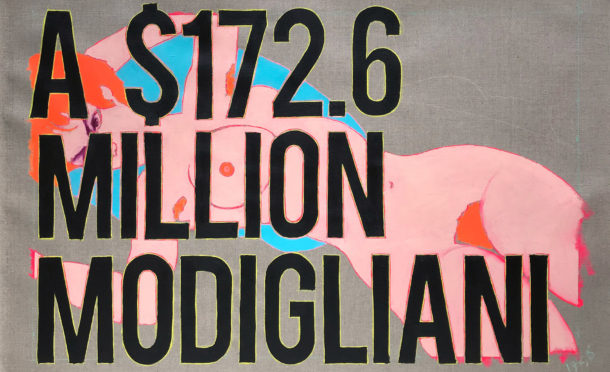
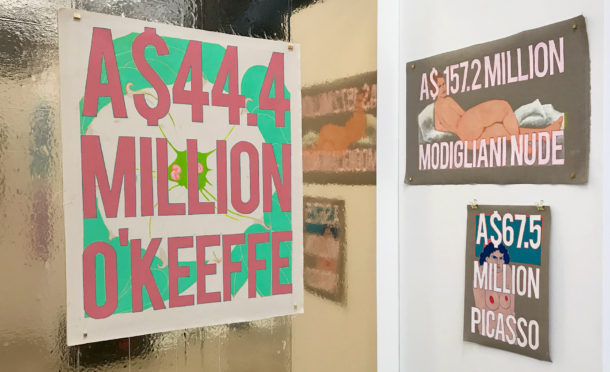
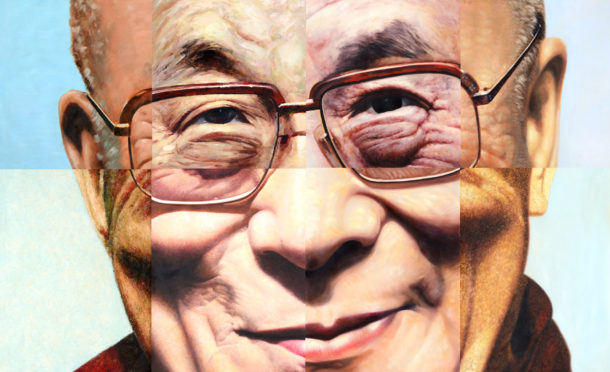
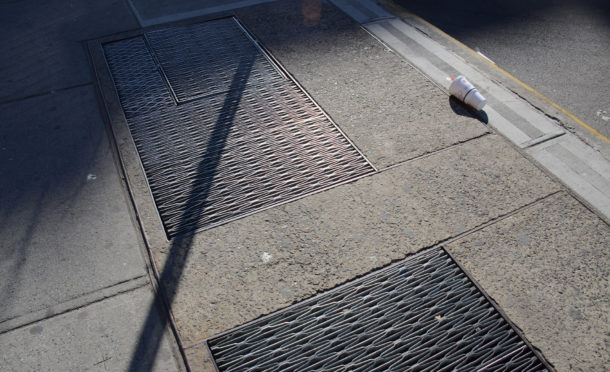

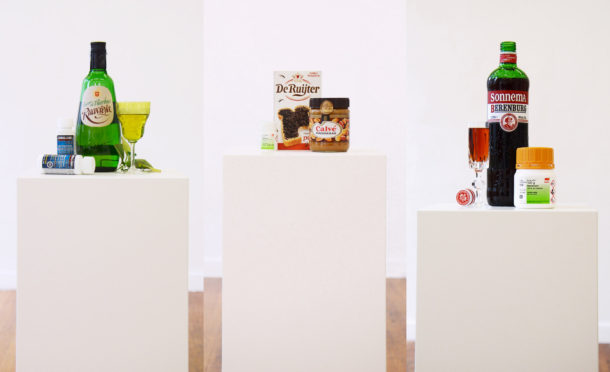
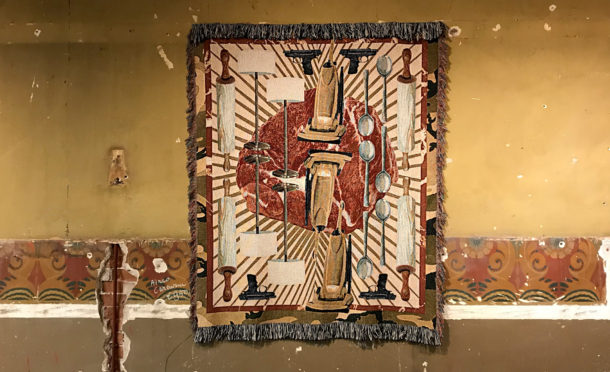

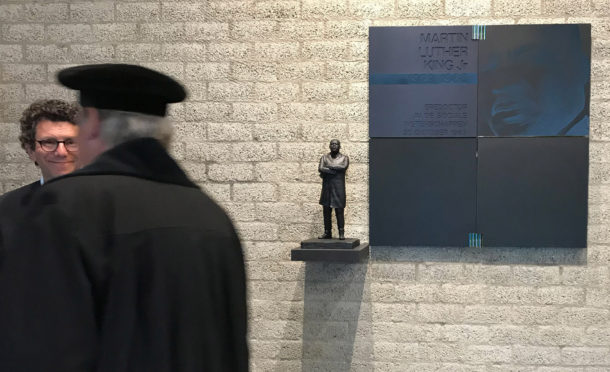
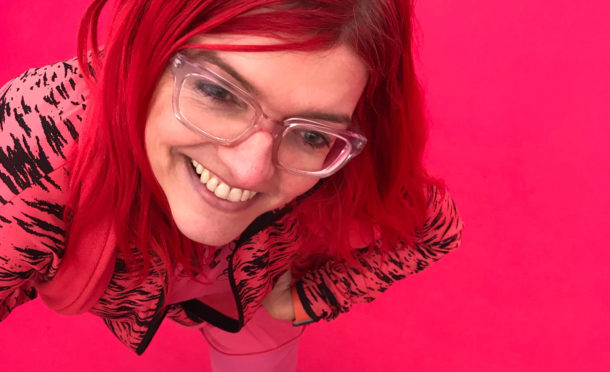














The opinions expressed by individual commentators and contributors do not necessarily constitute this website's position on the particular topic.